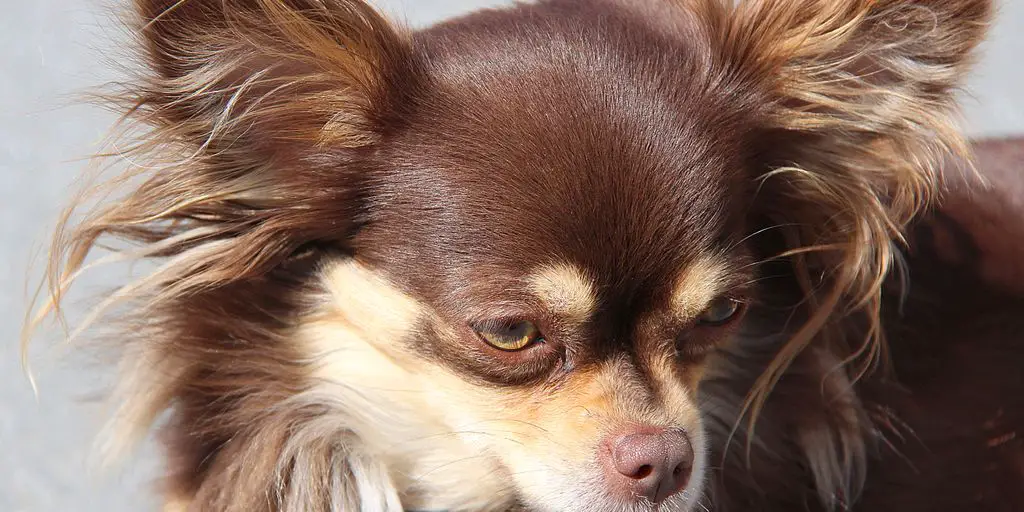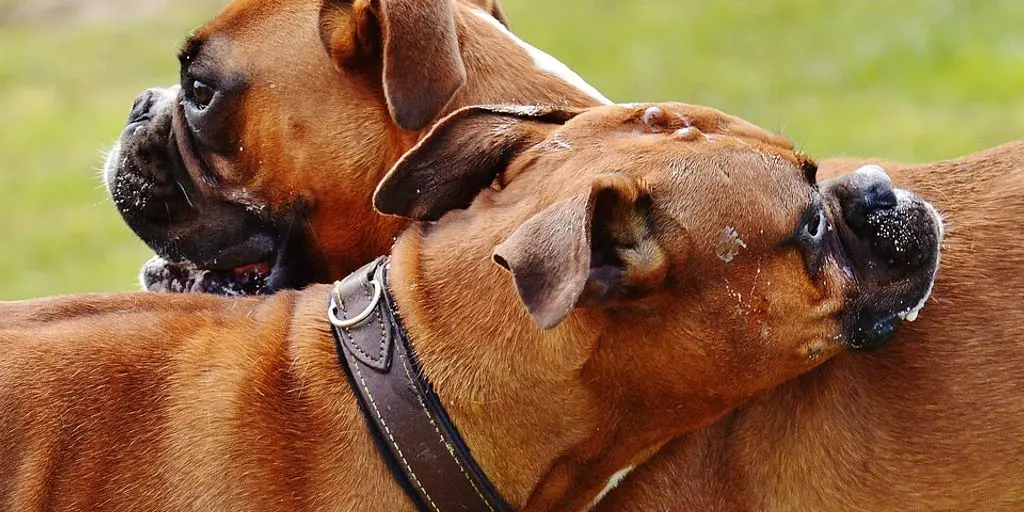Choosing the right collar for your small dog is crucial for their comfort, safety, and style. This guide provides comprehensive insights into various types of collars suitable for small dogs, emphasizing the importance of factors such as material, features, and fit. Whether you’re looking for a functional training collar or a fashionable accessory, understanding these elements will help you make the best choice for your furry friend.
Key Takeaways
- Understand the different types of collars available and their specific purposes to choose the right one for your dog.
- Consider the material of the collar for durability and comfort, especially if your dog has sensitive skin.
- Look for collars with essential features such as adjustability, secure fastenings, and integrated ID tags for safety.
- Balance functionality with style by selecting collars that are not only practical but also complement your dog’s appearance.
- Regularly inspect and maintain your dog’s collar to ensure it remains in good condition and continues to meet safety standards.
Choosing the Right Collar for Your Small Dog
Understanding Different Types
When it comes to collars for our little furry friends, the variety is vast. From standard flat collars to more specialized types like breakaway or martingale collars, each serves a specific purpose. It’s crucial to understand the different types of collars to ensure you’re making the best choice for your dog’s needs and safety.
Factors to Consider
Selecting the perfect collar involves more than just style. Consider factors such as your dog’s size, activity level, and any skin sensitivities. A collar that’s too tight can cause discomfort or even injury, while one that’s too loose might slip off. Always follow the two-finger rule to check for proper fit, ensuring you can comfortably fit two fingers between the collar and your dog’s neck.
Customizing for Comfort and Safety
To maximize comfort and safety, consider custom options like adjustable lengths, reflective materials for visibility, or hypoallergenic fabrics for sensitive skin. Remember, a well-fitted collar paired with the right features can make all the difference in your dog’s comfort and your peace of mind.
The Best Materials for Small Dog Collars
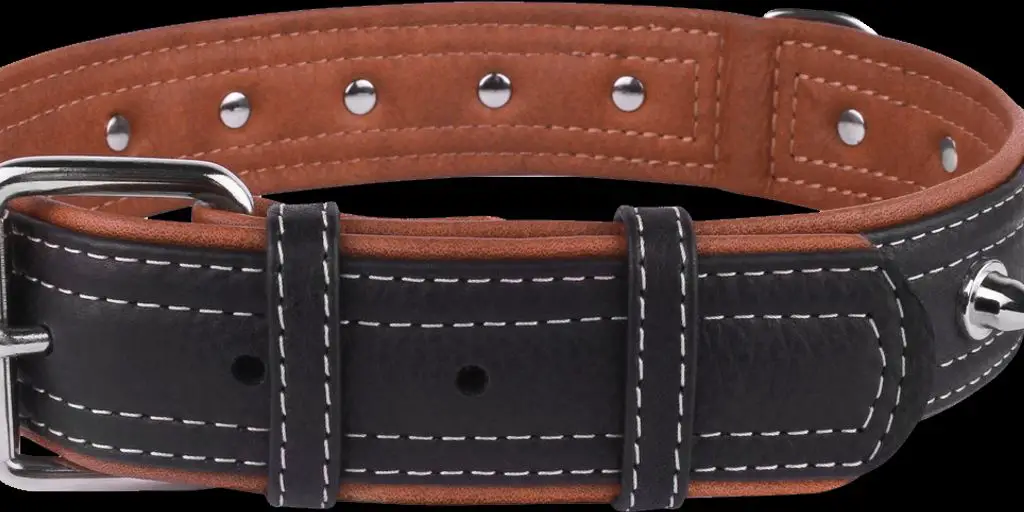
Leather vs. Nylon: Pros and Cons
When it comes to choosing the right material for your small dog’s collar, leather and nylon stand out as popular choices. Leather is praised for its durability and classic look, but it requires more maintenance to keep it in good condition. Nylon, on the other hand, is lightweight, easy to clean, and generally less expensive, making it a practical option for many pet owners.
Reflective and Eco-friendly Options
I’m always on the lookout for collars that offer both safety and environmental benefits. Reflective materials are fantastic because they enhance your dog’s visibility during low-light conditions. Additionally, eco-friendly options like collars made from recycled materials or natural fibers are becoming more popular, aligning with a more sustainable approach to pet products.
Durability and Maintenance Tips
To ensure your small dog’s collar lasts, proper care and maintenance are essential. Here are a few tips:
- Regularly check the collar for signs of wear and tear.
- Clean the collar as per the material specifications.
- Adjust the fit as needed to ensure it’s not too tight or loose.
Remember, a well-maintained collar not only looks good but also ensures the safety and comfort of your pet.
Essential Features of Pet Collars for Small Dogs

Adjustability and Secure Fastenings
When it comes to pet collars, adjustability is key, especially for small dogs who might see a lot of growth or weight change. A good collar will have secure fastenings that don’t easily come undone, ensuring that your little buddy won’t slip out during your daily walks or playful sessions at the park.
Padding and Skin Protection
It’s crucial that the collar is comfortable for your dog to wear all day. Look for collars with padding to protect your dog’s skin from irritation. This is particularly important for breeds with sensitive skin or those prone to allergies. A well-padded collar can prevent discomfort and potential skin issues.
Integrated ID Tags and GPS
In today’s tech-savvy world, having a collar with integrated ID tags or GPS can be a lifesaver. It’s not just about having your contact info on the collar, but also about tracking your pet’s location should they manage to get lost. This feature is invaluable for peace of mind, especially when dealing with an adventurous little pup.
Remember, the right collar can make a big difference in the safety and comfort of your small dog. Choose wisely and always prioritize features that enhance security and comfort.
Fashion Meets Function: Stylish Collars for Your Pup

Trending Designs and Patterns
I’ve always believed that if my pup is going to wear something every day, it might as well be stylish! Trending designs these days include everything from floral prints to geometric patterns. It’s all about expressing your dog’s personality or even matching your own style. Whether you’re looking for something vibrant for summer or a subtle, classic look, there’s definitely a design out there for your furry friend.
Personalization Ideas
One of my favorite things to do is personalize my dog’s collar. Adding their name or a cute charm can make a simple collar feel special. You can also find collars that allow you to swap out tags or decorations depending on the season or your mood. It’s a fun way to keep your pup’s look fresh and unique all year round!
Matching with Accessories
To really step up the style game, I love matching my dog’s collar with other accessories like leashes and harnesses. This coordinated look not only turns heads at the dog park but also gives a sense of completeness to your pup’s outfit. Plus, it’s just really cute to have everything in sync!
Remember, while style is important, comfort and safety should never be compromised. Always ensure the collar fits well and is suitable for your dog’s needs.
Training Collars for Small Dogs: What You Need to Know
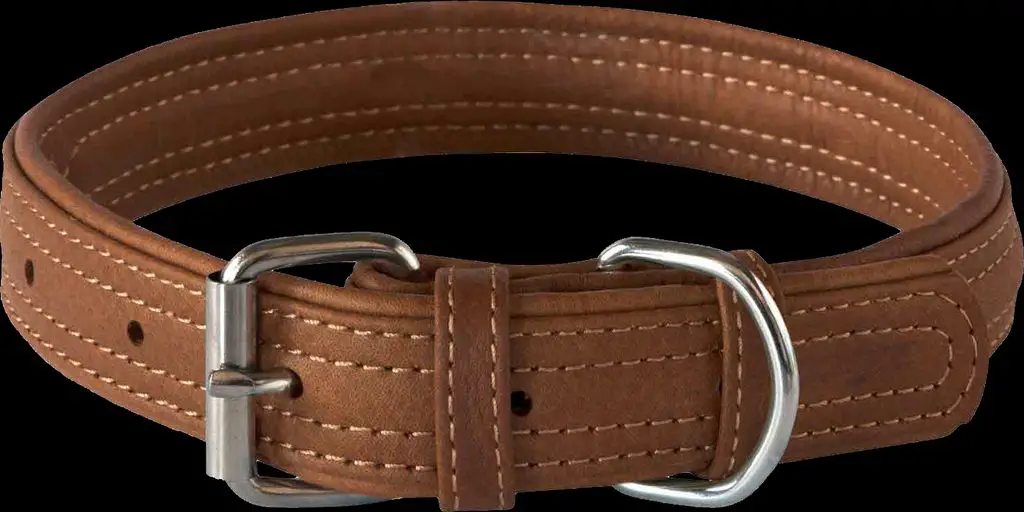
Choosing the Right Training Collar
When it comes to training your small dog, selecting the right collar is crucial. Different types of training collars are tailored for various training needs, from basic obedience to more specific behavioral corrections. It’s essential to choose one that matches your training goals and your dog’s temperament.
Safe Usage of Training Collars
Safety should always be your top priority when using training collars. Ensure the collar is fitted properly and that the intensity of any corrections is appropriate for your dog’s size and sensitivity. Regular checks for any signs of discomfort or irritation are vital.
Alternatives to Shock Collars
If you’re uncomfortable with the idea of using shock collars, there are plenty of alternatives. These include vibration collars, ultrasonic devices, and even harnesses designed to help control and train dogs without the use of shock. Exploring these options can provide a humane and effective way to train your small dog.
Safety First: Collars for Outdoor and Active Small Dogs

Waterproof and Weather-Resistant Options
When it comes to outdoor adventures, I always make sure my little buddy is equipped with a waterproof and weather-resistant collar. It’s crucial because you never know when you might get caught in a downpour or decide to splash around in a puddle!
Visibility Features for Safety
Visibility is key for keeping my small dog safe during our evening walks or when we’re out camping. I opt for collars with reflective materials or built-in lights to ensure they’re seen from a distance, reducing the risk of accidents.
Collars for Adventurous Pups
For those pups that love a good adventure, choosing a durable collar is essential. I look for options that can withstand rough play and exposure to the elements. Features like a secure fastening and a place to attach contact information are non-negotiable for me.
Health Considerations: Choosing Hypoallergenic Collars
Materials Safe for Sensitive Skin
When it comes to our furry friends, especially those with sensitive skin, choosing the right collar material is crucial. I’ve found that materials like soft silicone or hypoallergenic fabric are gentle on the skin and prevent irritation. It’s essential to avoid materials that can cause allergic reactions, such as certain metals or rough fabrics.
Avoiding Common Allergens
It’s not just about the material; it’s also about what’s on the collar. Make sure to choose collars that are free from chemical treatments or dyes that can lead to skin issues. Always check the label for any potential allergens — it’s better to be safe than sorry!
Tips for Preventing Irritation
To keep your small dog happy and healthy, here are a few tips:
- Opt for adjustable collars to ensure a perfect fit; a too-tight collar can cause discomfort and even hair loss.
- Regularly clean the collar to remove dirt and grime that could irritate the skin.
- Consider a collar with a smooth, seamless design to minimize the risk of rubbing and chafing.
Remember, the comfort and safety of your pet should always come first. Choosing the right hypoallergenic collar is a step towards ensuring their well-being.
The Role of Collars in Behavioral Training
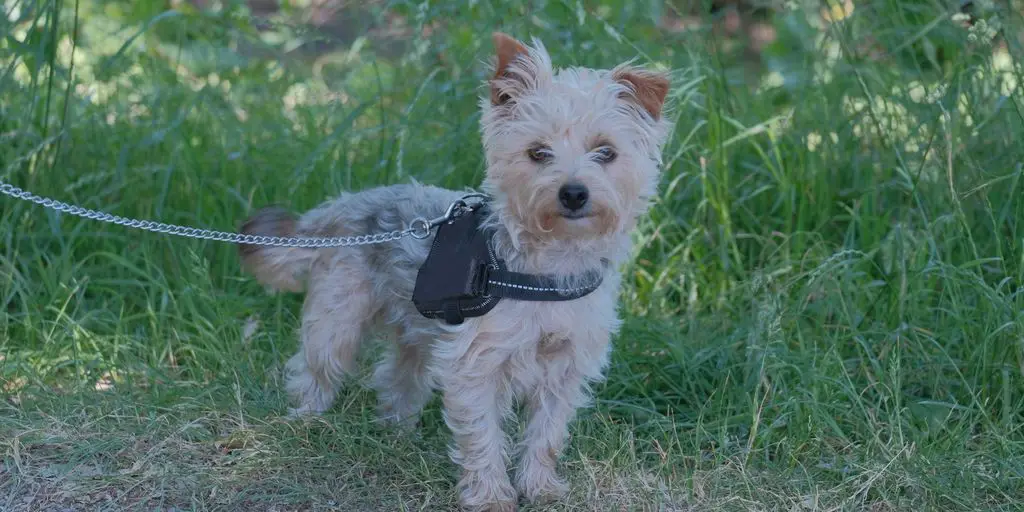
How Collars Can Aid in Training
I’ve found that using the right collar can make a significant difference in training my dog. It’s not just about control but about communication. A well-chosen collar can help convey commands and expectations clearly, making the training process smoother for both of us.
Selecting the Right Collar for Training Purposes
Choosing the right collar is crucial. It should be comfortable for your dog and suitable for the specific training goals. For instance, a flat collar may be ideal for basic obedience training, while a head collar might be better for managing pulling behaviors.
Behavioral Tips and Tricks
Here are a few tips I swear by:
- Always reward good behavior with treats or praise to reinforce positive actions.
- Use consistent commands and collar signals to avoid confusing your dog.
- Gradually increase the complexity of tasks as your dog becomes more adept.
Remember, the goal of using a collar in training isn’t to punish but to guide and reinforce good behavior.
Smart Collars: Technology for Your Dog’s Safety

GPS Tracking Features
I’ve always been a bit of a tech enthusiast, so when I heard about GPS tracking in dog collars, I was intrigued. Imagine being able to know exactly where your furry friend is at all times! This feature is particularly useful if your dog is an escape artist or if you live in a large, open area. It’s like having a safety net that keeps you informed of your dog’s whereabouts without constantly watching over them.
Health Monitoring Capabilities
One of the coolest advancements in pet technology has to be the health monitoring capabilities built into some smart collars. These devices can track everything from your dog’s heart rate and activity levels to their sleep patterns. It’s a fantastic way to keep an eye on their health and catch potential issues early. I find it reassuring to have insights that help ensure my dog is as healthy as possible.
Training and Activity Tracking
Lastly, the integration of training and activity tracking in smart collars has been a game changer for me. Not only can I monitor how much exercise my dog is getting, but I can also keep tabs on their training progress. This dual functionality makes it easier to set and meet fitness and training goals, which is great for keeping my dog in top shape and behaviorally sound.
Note: Always ensure that the smart collar you choose is comfortable for your dog and fits well to avoid any discomfort or potential injuries.
How to Properly Fit a Collar on a Small Dog
Measuring for the Perfect Fit
First, I grab a soft tape measure or a piece of string to measure my pup’s neck. It’s crucial to ensure the measurement isn’t at the very end of a collar’s size range. I always opt for a collar that offers some room for adjustment, especially if it’s at its maximum size on the last hole or setting.
Adjusting for Growth
As my dog grows or gains a bit of weight, I check the collar’s fit regularly. The two-finger rule is my go-to method: I make sure I can snugly fit two fingers under the collar. If it’s too tight, I adjust it to a looser setting to avoid any discomfort or breathing issues.
Ensuring Comfort and Safety
Finally, ensuring the collar isn’t too tight is paramount. A tight collar can lead to muscle damage and other health issues. I always double-check that the collar is snug yet comfortable, allowing two fingers to slide easily underneath. This simple check keeps my dog happy and safe while wearing their collar.
Collar Maintenance: Keeping Your Dog’s Collar Clean and Safe

Cleaning Techniques
I’ve found that keeping my small dog’s collar clean is not just about aesthetics; it’s crucial for their health and comfort. Regular cleaning prevents the buildup of dirt and oils that can irritate my dog’s skin. I usually use a mild soap and warm water for fabrics like nylon, while leather collars require specialized cleaners to maintain their condition. Always air dry the collar to avoid any material warping.
Regular Inspection for Wear and Tear
It’s essential to regularly check the collar for any signs of wear and tear. A frayed or cracked collar can be uncomfortable or even dangerous, leading to potential injuries. I make it a habit to inspect the collar during cleaning sessions, ensuring that all parts, especially the buckle and D-ring, are in good working order.
When to Replace a Collar
Knowing when to replace a collar is as important as maintaining it. I look for key signs like visible damage, a frayed edge, or a faded and brittle texture. If the collar no longer adjusts properly or starts to leave marks on my dog’s neck, it’s time for a new one. This not only ensures my dog’s comfort but also their safety, especially during our outdoor adventures.
Unique Collar Ideas for Small Dog Breeds

Breed-Specific Collar Designs
I’ve always found that tailoring accessories to the specific needs and characteristics of a breed can significantly enhance both functionality and style. For instance, Shelties, known for their thick fur, benefit from collars that prevent matting and are comfortable without being too tight. Exploring breed-specific designs not only ensures a good fit but also celebrates the unique traits of each breed.
Themed and Seasonal Collars
There’s something special about celebrating different seasons and holidays with your furry friend. I love switching up my pup’s look with collars that match the festive spirit—be it Halloween, Christmas, or even the 4th of July. It’s a fun way to keep your dog’s style fresh and exciting throughout the year.
Innovative and Unique Materials
In my quest for the perfect collar, I’ve come across some truly innovative materials. From recycled plastics to hypoallergenic fabrics, the options are endless. These materials not only cater to the sensitive skin of small breeds but also offer durability and maintenance ease, making them ideal for both everyday use and special occasions.
Wrapping It Up
Choosing the right collar for your small dog is more than just picking out a cute accessory; it’s about ensuring their comfort, safety, and happiness. From stylish bling collars to practical training tools, we’ve explored a variety of options to suit every tiny tail-wagger’s needs. Remember, the perfect collar is one that fits well, reflects your dog’s personality, and supports their well-being. So, take your time, measure twice, and choose a collar that you and your furry friend will love!
Frequently Asked Questions
What are the benefits of using a collar for small dogs?
Collars help in managing small dogs by providing a way to attach ID tags, leashes, and other accessories. They are essential for training, safety, and identification.
How do I choose the right size collar for my small dog?
Measure your dog’s neck and add two inches for the correct collar size. Ensure the collar fits snugly but allows you to comfortably fit two fingers under it.
What materials are best for small dog collars?
Leather and nylon are popular choices due to their durability and comfort. For sensitive dogs, hypoallergenic materials like silicone or cloth may be better.
Are GPS collars safe for small dogs?
Yes, GPS collars are safe and can be particularly useful for tracking your small dog’s location, especially if they tend to escape or get lost.
How often should I replace my small dog’s collar?
Inspect the collar regularly for signs of wear and replace it at least once a year or more often if it shows significant wear or damage.
Can a collar affect my small dog’s behavior?
Yes, training collars can be used to correct behavior and teach commands. However, it’s important to use them correctly and consult with a professional trainer for the best results.
What are the signs that a collar is too tight or too loose?
A collar is too tight if you cannot fit two fingers under it, and it’s too loose if your dog can slip it over its head easily.
Are there any special considerations for collars on small dogs with long hair?
Yes, for small dogs with long hair, a collar with a smooth interior and adjustable size can help prevent tangling and discomfort.

